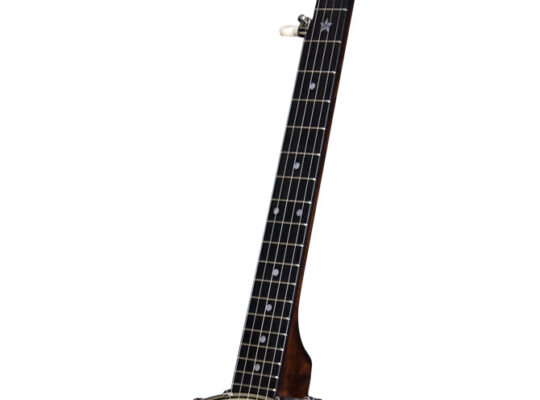Mexico
Mexico is a country with many cultures. Its history can be divided into two periods: the Pre-Hispanic or Hispanic. Pre-Hispanic periods were cultures that existed prior to the arrival of Europeans. This was approximately 500 years ago, when the Europeans invaded Mexico. Both of these periods have left us with a rich heritage in craft and art. Mexican crafts are an integral part Mexican Culture. These 5-6 centuries have seen the development of many Mexican pottery styles and crafts that are now an integral part Mexican Culture and Heritage.
Mexican crafts combine both Native American and European art styles. Most craftspeople today are from rural areas where native and Hispanic traditions are stronger than in the cities. Many of the household items were made from wood fibres during the Hispanic Period. This material was used to make utensils, plates and bowls as well as baskets, baskets, bags, and other household items. Wooden fibre-made items are still popular in rural areas.
Other than wood fibre products, Mexico is home to weaving, leatherwork, paper, metalworking, and ceremonial items. Mexican culture is very fond of ceremonial crafts. Mexican holidays like Cinco de Mayo and the Day of the Dead, are well-known. Artists create skulls with creative designs and pinatas. Different things are reflected in the designs used by Mexican Crafts artists. Pre-Hispanic designs included scenes and events that were drawn into the craft. The style of design changed when the Europeans arrived. Artists started to draw geometric shapes. Not only did Mexican crafts reflect Asian design, but also European designs. Many crafts had hints of Ancient Chinese art. The Mexican art and craft were greatly influenced by the Spanish’s Churrigueresque and Plateresque styles. These styles were the basis for the “Baroque” style in these crafts during the 19th and 20th century. The early European invasion allowed Mexican crafts to evolve with new styles of art and design.
The various styles of Pottery in Mexico
One of the most popular Mexican traditions is pottery. Pottery had similar designs to other crafts. Different styles of pottery were developed in different parts of Mexico. These styles could be either Native American, European or a combination of both. The most well-known Mexican pottery style is Talavera Pottery. Its origins are in Puebla. The clay used to make authentic Talavera is what makes it unique. Talavera pottery has a milky glaze. Talavera incorporates different types of pottery, including Spanish, Chinese, and Native American.
You may have noticed that certain instruments of the Mariachi ensemble are more well-known than others. Non-musicians and music enthusiasts will approach you with curious and interested eyes and ask “What do these instruments call?” You have guessed correctly! It’s the Vihuela Mexicana and Guitarron! These instruments are native to Mexico, and they also make up the mariachi ensemble.You may have noticed that certain instruments of the Mariachi ensemble are more well-known than others. Non-musicians and music enthusiasts will approach you with curious and interested eyes and ask “What do these instruments call?” You have guessed correctly! It’s the Vihuela Mexicana and Guitarron! These instruments are native to Mexico, and they also make up the mariachi ensemble. Check out button accordions which is quite traditional and artistic in its own way.
Juan Mata Ortiz, a well-known village in Mexico’s Chihuahua Region is known. It is famous for its Pakime and Mata Ortiz pottery styles. These styles are not related to the Puebla pottery style. Guadalajara is another famous region for Mexican pottery. They are well-known for their low fire pottery. Barro Negro pottery and Atzompa’s green glazed pottery are two of the most famous Oaxaca pottery styles. Barro Negro uses black clay, which is why it is so distinctive. Santa Maria Atzompa, Oaxaca, has been following the green glazed pottery tradition since centuries. The lead monoxide that is layered on the pots gives the “green” colour. This glazing technique was invented by the Spanish, but the region had previously been producing pottery with the same distinctive green color.





